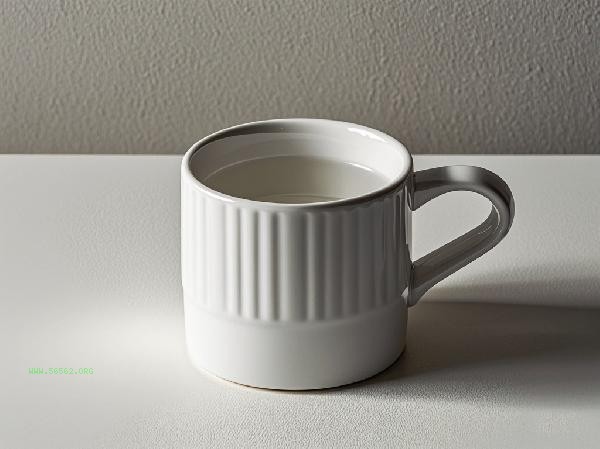Before laying the floor leather, the cement floor needs to be ensured to be flat, dry, and dust-free. The main treatment methods include cleaning debris, repairing cracks, polishing flat, removing oil stains, and applying interface agents.

1. Cleaning up debris
Before laying the floor leather on the cement floor, it is necessary to thoroughly clean the debris, including small particles such as dust, sand, and wood chips. Use a broom or vacuum cleaner to remove surface dust and avoid particles affecting the bonding effect of the floor leather. Residual paint or glue on the ground should be scraped off with a scraper to ensure that the base layer is clean and free of loose substances. For stubborn stains, neutral cleaning agents can be used to wipe them off. After treatment, rinse with clean water and let them dry thoroughly.
2. Repair Cracks
Check if there are cracks or depressions on the ground, and fill cracks exceeding 2 millimeters with cement mortar. First, remove the loose parts at the edge of the crack, wet the crack with a brush, and then fill it with repair material. For local hollow areas, they need to be knocked out and leveled again, repaired and cured for at least 24 hours. Large areas of unevenness require overall self leveling treatment to ensure that the ground flatness error does not exceed 3 millimeters per square meter.
3. Polish flat
Both new and old cement floors need to be polished with a polishing machine to remove protruding areas and eliminate obvious height differences. After polishing, a level ruler should be used to check the flatness, with a focus on inspecting the junction between the door frame and the wall. The dust generated during polishing should be thoroughly cleaned to avoid affecting the adhesive strength of the glue. For floors with severe sanding, sand solidifier can be applied to enhance surface strength before proceeding with subsequent construction.

4. Clean up oil stains
There may be residual oil stains on the floor of areas such as garages or kitchens, which need to be treated with specialized degreasing agents. Oil stains can damage the chemical structure of adhesives, leading to later bulging of floor leather. Stubborn oil stains can be soaked in sodium hydroxide solution before scrubbing, and after treatment, pH test strips can be used to ensure neutrality. After removing the oil stains, it is necessary to observe for 48 hours to confirm that there is no leakage before construction.
5. application of Interface Agent
Before final construction, a cement floor specific interface agent should be applied to enhance the bonding strength between the base layer and the adhesive. The interface agent needs to be diluted proportionally and then roll coated, with a coating amount controlled at around 200 grams per square meter. After painting, wait for 2-4 hours to form a film layer, and do not step on it during this period. For humid environments, moisture-proof interface agents can be used to avoid mold growth in floor leather caused by later moisture regain. The treated cement floor should be kept ventilated and dry, and the recommended ambient temperature is between 15-30 degrees Celsius. The floor leather should be laid flat on the construction site 24 hours before construction to adapt to temperature and humidity and avoid material deformation. When laying, unfold from the center of the room to the surrounding areas and use a specialized scraper to remove any air bubbles. Within 48 hours after completion, avoid heavy objects crushing or soaking in water stains. Daily cleaning can be extended by wiping with a wrung out mop.









Comments (0)
Leave a Comment
No comments yet
Be the first to share your thoughts!